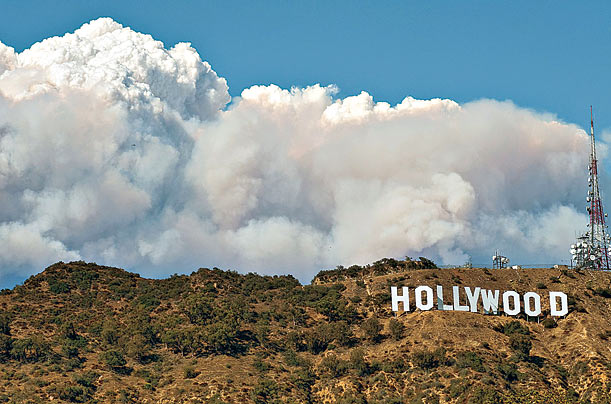
It was the stillness that worried firefighters most. The wildfires that now annually singe Southern California came early this year, spreading slowly from drought-stricken wilderness to the foothills near Los Angeles. Fire season is usually worst in October, when the hot Santa Ana winds blow over the San Gabriel Mountains. But this inferno needed no wind — the Station fire in Angeles National Forest burned more than 100,000 acres (40,500 hectares), threatened thousands of homes and killed two firefighters in the dry heat of late summer. The stillness kept the flames from spreading quickly — a climatologist called it the "Jabba the Hutt fire," big and slow — but left the smoke to choke Los Angeles. By Sept. 2 firefighters had begun to bring the blaze under control, aided by cooler and more humid air, but they know the year is likely to bring plenty more conflagrations.
There are a number of reasons wildfires have grown more destructive in California and elsewhere in the West. As suburban sprawl encroaches on wilderness areas, more homes are in the path of the flames, and there are more people to set fires accidentally — or even on purpose. More than 50% of new housing in California has been built in severe-fire zones. Live near the flames and you'll get burned.
But there's another culprit behind the growing frequency of wildfires in California and elsewhere. As average temperatures climb, the mountain snowpack that waters much of the West thins and melts earlier, producing a longer and drier fire season. The spread of the tree-killing mountain pine beetle, aided by warmer winters, has turned millions of acres of Western forest into kindling. And as the flames burn, they'll reinforce climate change. A report published in the journal Science this spring found that not only are fires worsening as a result of climate change, but the CO2 they release further contributes to global warming in an accelerated feedback cycle. The burning season may be just beginning.